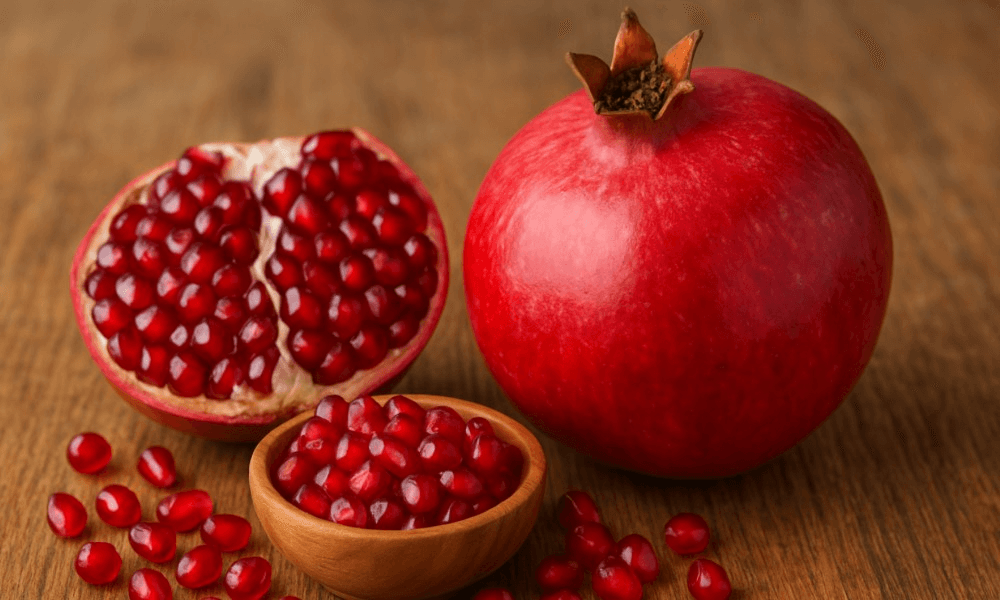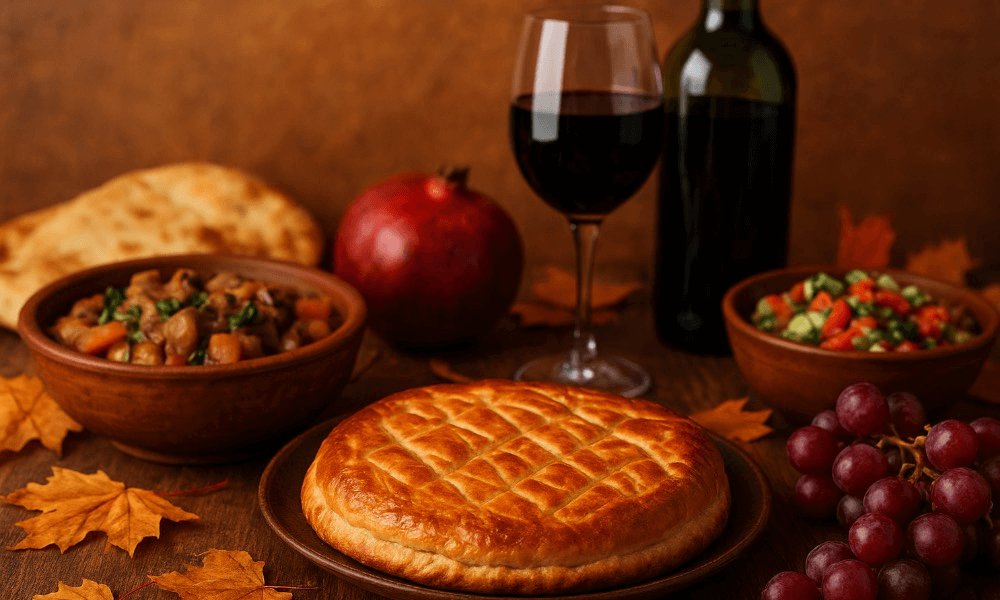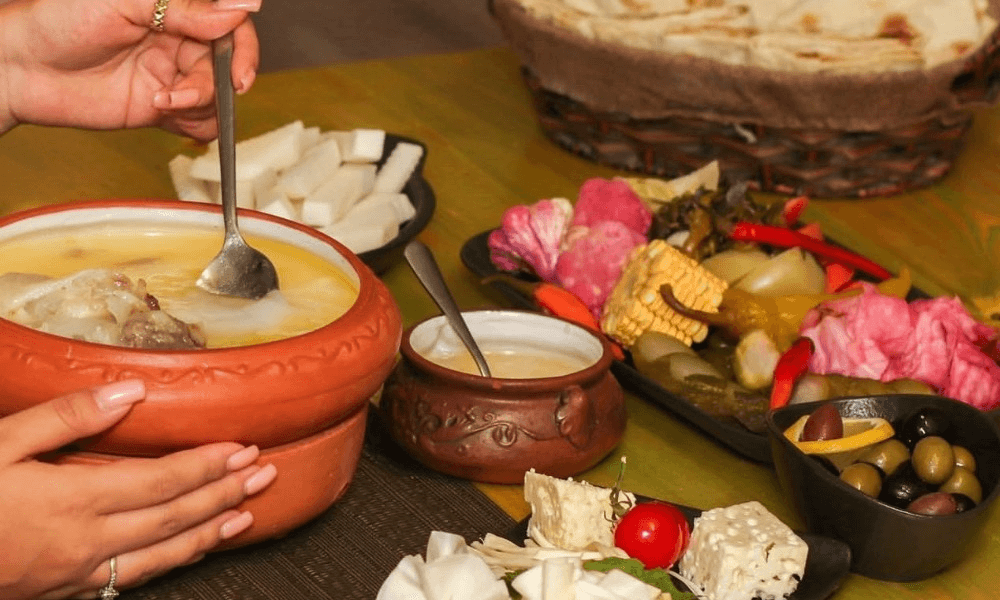
Why Armenian Cuisine is Becoming a Global Culinary Trend
Armenian cuisine is not just a collection of dishes—it is a heritage rich with thousands of years of history and cultural memory. It has been shaped by the Armenian people’s way of life, nature, and beliefs, becoming an inseparable part of national identity.
Today, as global cuisine experiences a renewed interest in traditional roots, Armenian cuisine is stepping onto the international stage. It attracts people with its natural flavors, fresh ingredients, and spiritual depth.
Armenian cuisine stands out with its balance—blending plant-based and meat ingredients, delicate acidity, and traditional dishes like khash, dolma, harissa, and ghapama, which hold not only culinary but also ritual value.
In various countries around the world, Armenian restaurants are opening—from cozy cafes to high-end gastro venues—presenting this rich culinary heritage. People are beginning to realize that Armenian cuisine is not just an exotic option, but a harmonious continuation of global flavors.
Armenian Lavash Bread – A Symbol of Global Recognition
Few dishes in the world become such powerful symbols of national culture as Armenian lavash bread. Lavash is not just food—it’s a spiritual symbol of family, unity, and the warmth of home.
In 2014, UNESCO inscribed Armenian lavash on the Representative List of the Intangible Cultural Heritage of Humanity. Since then, lavash has become a symbol not just of Armenian cuisine, but of the entire region.
Baked in a tonir (traditional clay oven), lavash has a unique aroma that connects generations. Fresh lavash is always placed at the center of the table—whether at weddings or everyday dinners. It’s used to wrap dolma, fill with kebab, or serve with dried fruits or cheese—creating a new tasting experience each time.
Thanks to Armenians living abroad, lavash has become an internationally known brand—you can find it in European stores, American markets, and gastronomic festivals. Lavash has become recognizable and beloved around the world.
At Gata Pandok, lavash always holds a place of honor on the table. Fresh tonir-baked lavash not only complements every dish, but also reminds us of the importance of preserving Armenian traditions—presented in a modern way.
The Flavor Philosophy of Armenian Dishes – Simple Yet Deep
Armenian cuisine is notable for its flavor balance. For example, dolma is not just a meat dish—it’s a complex harmony of the sourness of grape leaves, the tenderness of rice, and the subtlety of spices. This depth is exactly what makes it a favorite in global gastronomy.
Harissa, an ancient Armenian dish, represents a culture of patience and dedication—it is slow-cooked with love, and the process itself is a ritual.
Wine pairing also plays a big role—Armenian wines, especially those made from Areni and Vayots Dzor grapes, perfectly complement meat dishes. And sweet gata, baked with fresh butter, is the perfect finale to the meal.
Across the world, more and more people are seeking honest flavors—without overprocessing. That’s why Armenian cuisine is at the forefront of culinary trends: it is simple, but never plain; rich in taste, yet always balanced.
Armenian cuisine is on its way to global recognition—and that is no coincidence. It represents an entire culture rooted in spiritual values, flavor harmony, and respect for nature.
Today, as global culinary trends move toward natural ingredients and rediscovery of traditions, Armenian cuisine—with its iconic dishes and lavash bread—is becoming a new frontier in the world of flavors and culture.
Gata Pandok believes that Armenian cuisine not only has a rich history—it has a future. And that future is served every day, to every guest who wants to taste the real flavor of Armenia.






